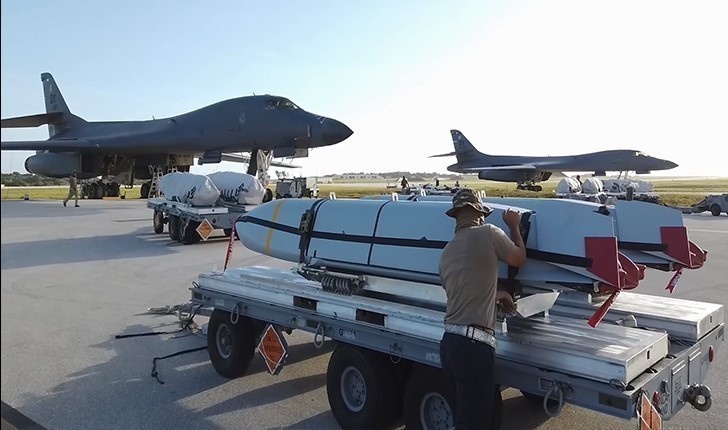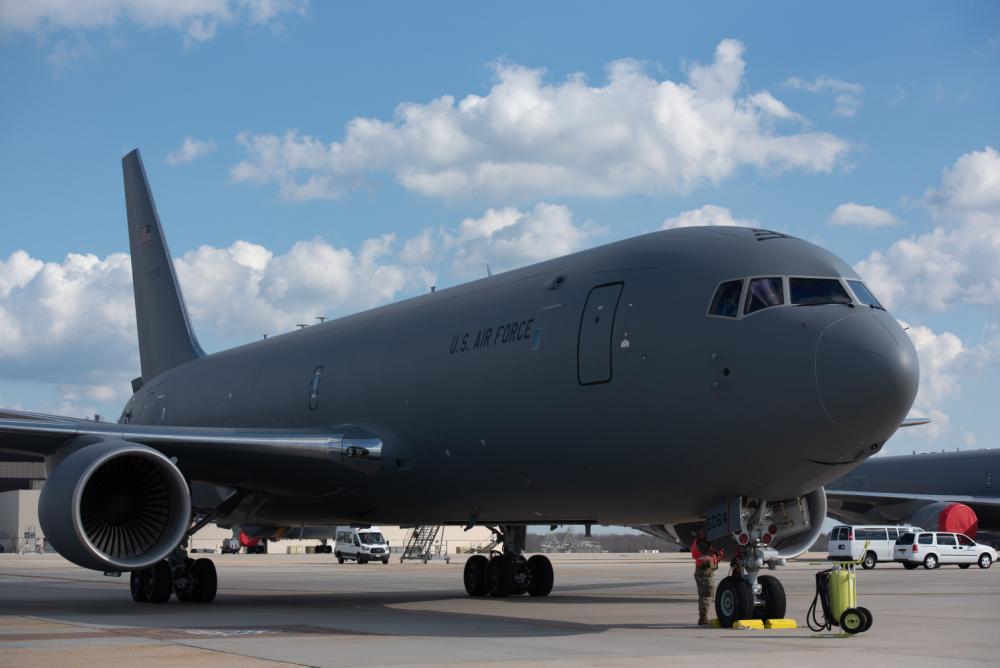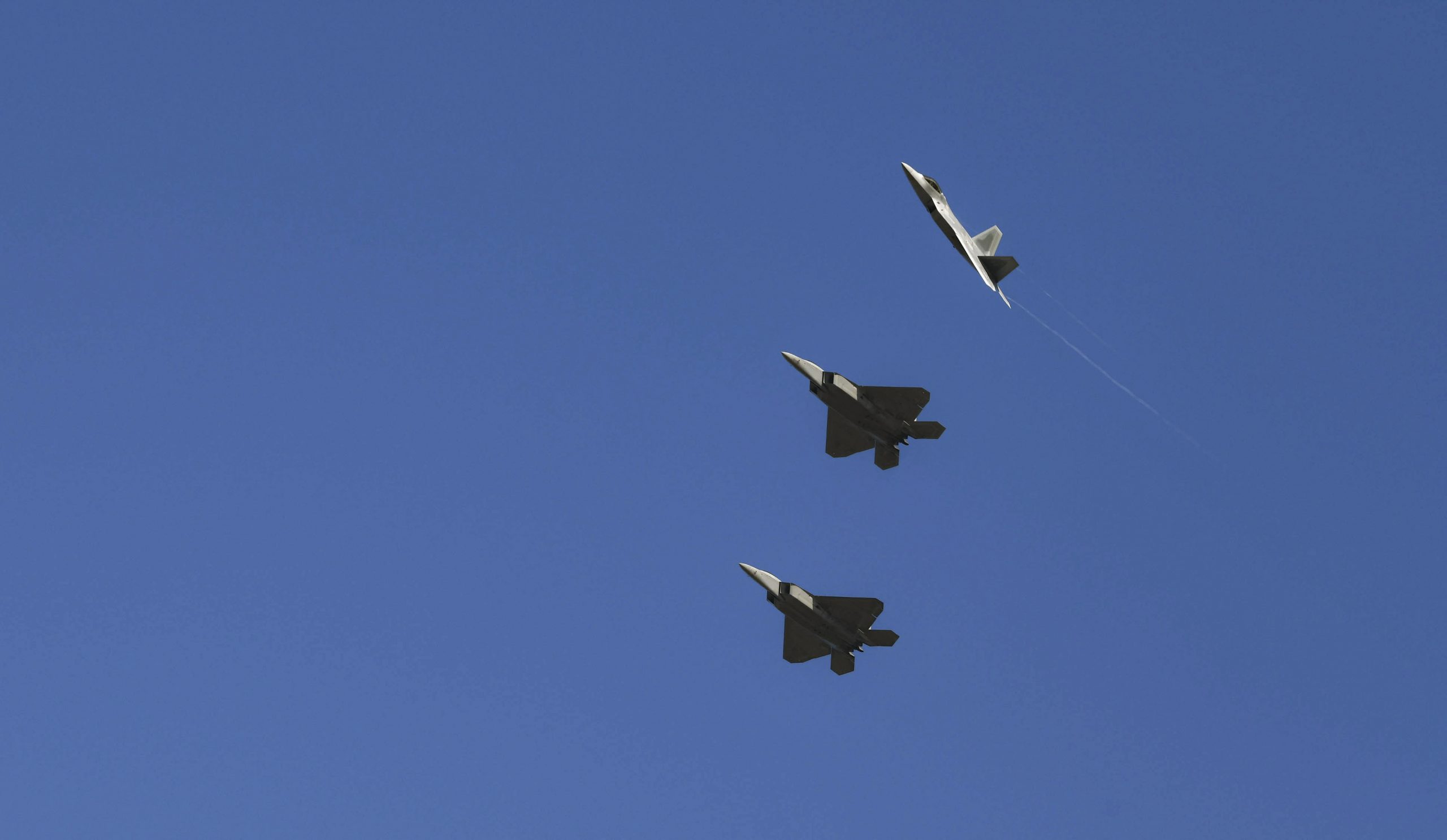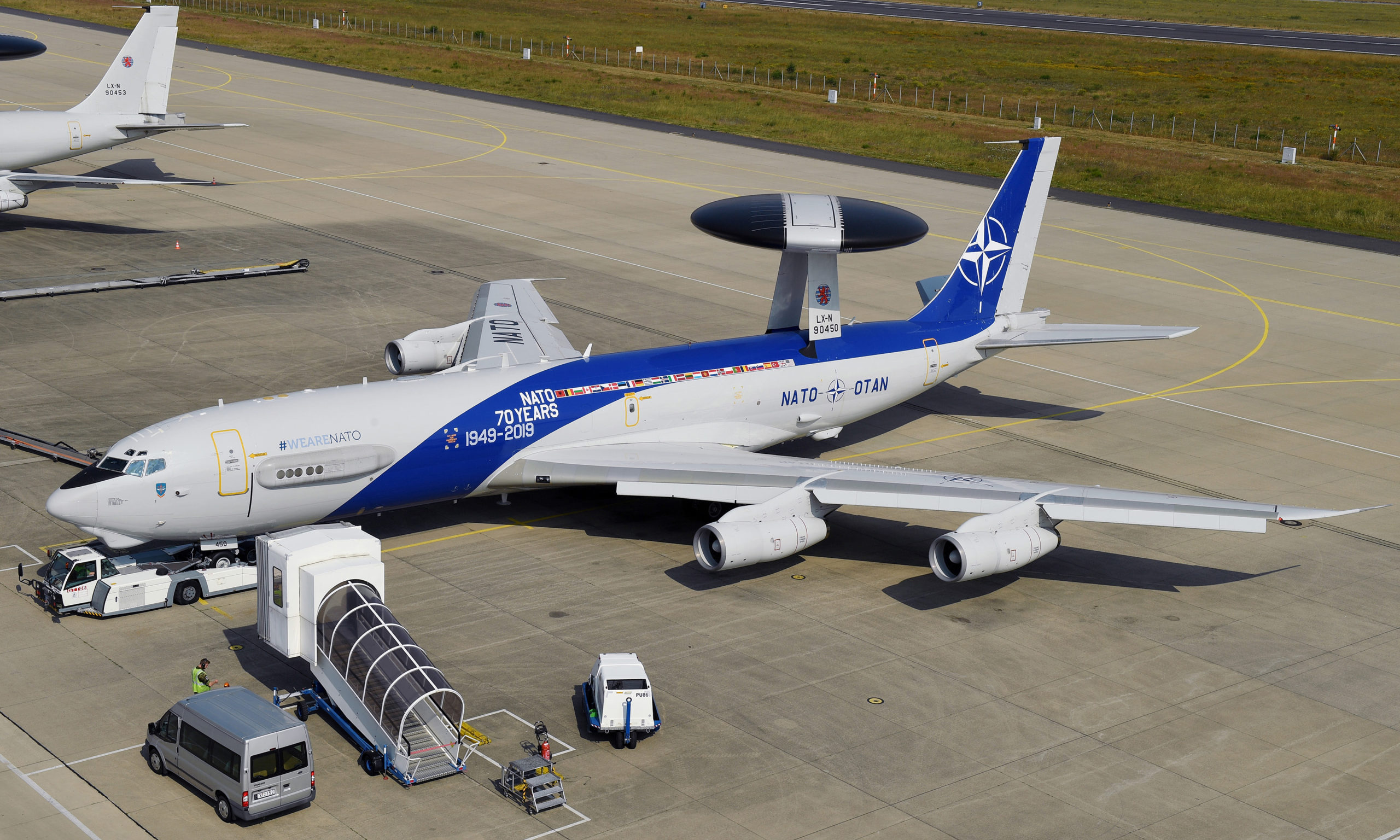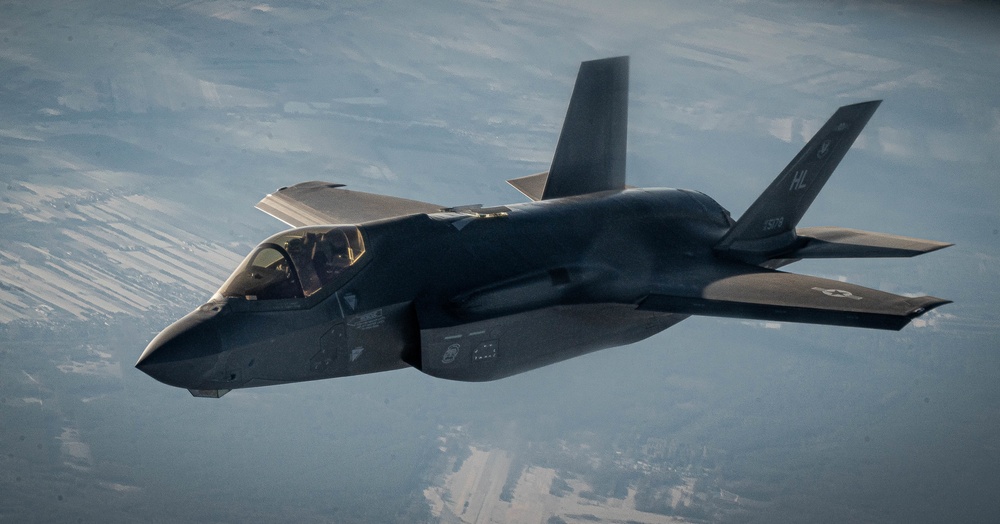Standoff munitions—primarily the AGM-158 Joint Air-to-Surface Standoff Missile series—continue to get priority in the munitions category of the Air Force’s 2023 spending request, according to service budget documents. Direct-attack munitions see a doubling of units, touted as a recovery of munitions spending, but the level requested is only a quarter of the units acquired in fiscal 2021.
The JASSM-ER (Extended Range) is the single largest line item in munitions spending, with a request of $785 million to buy 550 missiles, which USAF officials described as “maxing out” the production capacity of maker Lockheed Martin. That rate is up for a third year, after USAF bought 400 and 525 in 2021 and 2022, respectively. Lockheed is expanding its facilities in Troy, Ala., to build more.
The service is also buying 28 Long-Range Anti-Ship Missile (LRASM) variants of the JASSM for $119 million, after buying none in fiscal 2022. Air Force officials have said the JASSM and LRASM are needed to address the rising threat posed by great power competitors, as the weapons have the ability to stealthily penetrate hundreds of miles of contested airspace.
Mark Gunzinger, director of future aerospace concepts and capabilities assessments at AFA’s Mitchell Institute for Aerospace Studies, said the modest increase in JASSM production is “good news,” but the relatively small increase in units “illustrates the limited capacity of our industrial base, including its lack of surge capacity. JASSM-ER is the kind of weapon needed in a China fight, but we can’t buy enough of them to meet the requirements of a large-scale campaign” due to their high cost per round.
Gunzinger has argued that direct-attack munitions, fitted with some kind of rocket or air-breathing motor to extend their range, released from long-range bombers, is likely the most cost-effective way of addressing the thousands of targets that would have to be hit in a Pacific war scenario.
The request for 1,919 Joint Direct Attack Munitions (JDAMS) in the fiscal 2022 budget plummeted from 16,800 units the year before, but this year rises back up to 4,200 units. USAF budget director Maj. Gen. James D. Peccia III, briefing reporters on the 2023 request, said the JDAM number “is substantially higher than previous years … We’re catching back up, which is why that number is a little bit higher in ’23.”
The big drop in JDAMs last fiscal year was attributed to a decline in demand at the end of large-scale operations in Syria and Iraq.
Air Force Secretary Frank Kendall told reporters in a pre-release budget brief that intelligence indicated Russia’s February invasion of Ukraine well in advance, noting that it “wasn’t a surprise” to senior leaders, and that the budget included some anticipation of possible operations in Europe and/or in the Indo-Pacific. The Air Force did not directly tie the JDAM procurement increase to either scenario, however.
Of note, replacement of munitions expended in wartime, previously funded under the “Overseas Contingency Operations,” or OCO account, are now part of the Air Force’s base budget.
The buy of Small Diameter Bomb I, which also dropped sharply from 2,462 in 2021 to 998 units in 2022, has fallen again, to 356 weapons in 2023. The Air Force has stated a preference for the GBU-53/B StormBreaker (previously known as SDB II), which nevertheless also declines from 985 units in 2022 to 761 bombs in the new request; a level comparable to that of two years ago.
The Air Force has not yet released its full budget programmatics information for 2023 and beyond, but the AGM-114 Hellfire missile, which largely equips MQ-9 Reaper drones, was not mentioned in the service’s budget highlights as it was in recent years. The Air Force is transferring 100 MQ-9s to another government agency in the 2023 plan, which, along with the curtailment of operations in the Middle East and Southwest Asia, is likely causing a steep decline in the need for Hellfire.
Collectively, the Air Force increased spending on conventional surface attack weapons by about $300 million in FY’23, from $1.130 billion to $1.436 billion, driven mainly by the addition of LRASM and the boost to JDAM production.
Gunzinger cautioned that the budget information released so far only describes what is happening with in-production munitions and doesn’t provide a picture of what USAF is developing. Even with strap-on motors, weapons like JDAM were not designed to be survivable, he said, and “munitions survivability is increasingly critical to strike success/lethality.”
The radar-guided AIM-120D Advanced Medium-Range Air-to-Air Missile (AMRAAM) sees a rebound in FY’23, up to 271 units, after falling to 168 last year. The new level is almost exactly what it was in FY’21, which was 268. The AMRAAM will be superseded in the next few years by the classified AIM-260 Joint Advanced Tactical Missile (JATM). Plans discussed at a USAF industry conference in 2019 forecast AMRAAM production will phase out in 2026, in favor of JATM.
The request for the AIM-9X Sidewinder—a short range, infrared-guided weapon for dogfights—was about level from last year, with the Air Force requesting 255 rounds, versus 243 in FY ’22. That level was down from 2021, when USAF asked for 331 rounds. The shift to combat operations at longer ranges may explain some of the steady decline in Sidewinder acquisition.
